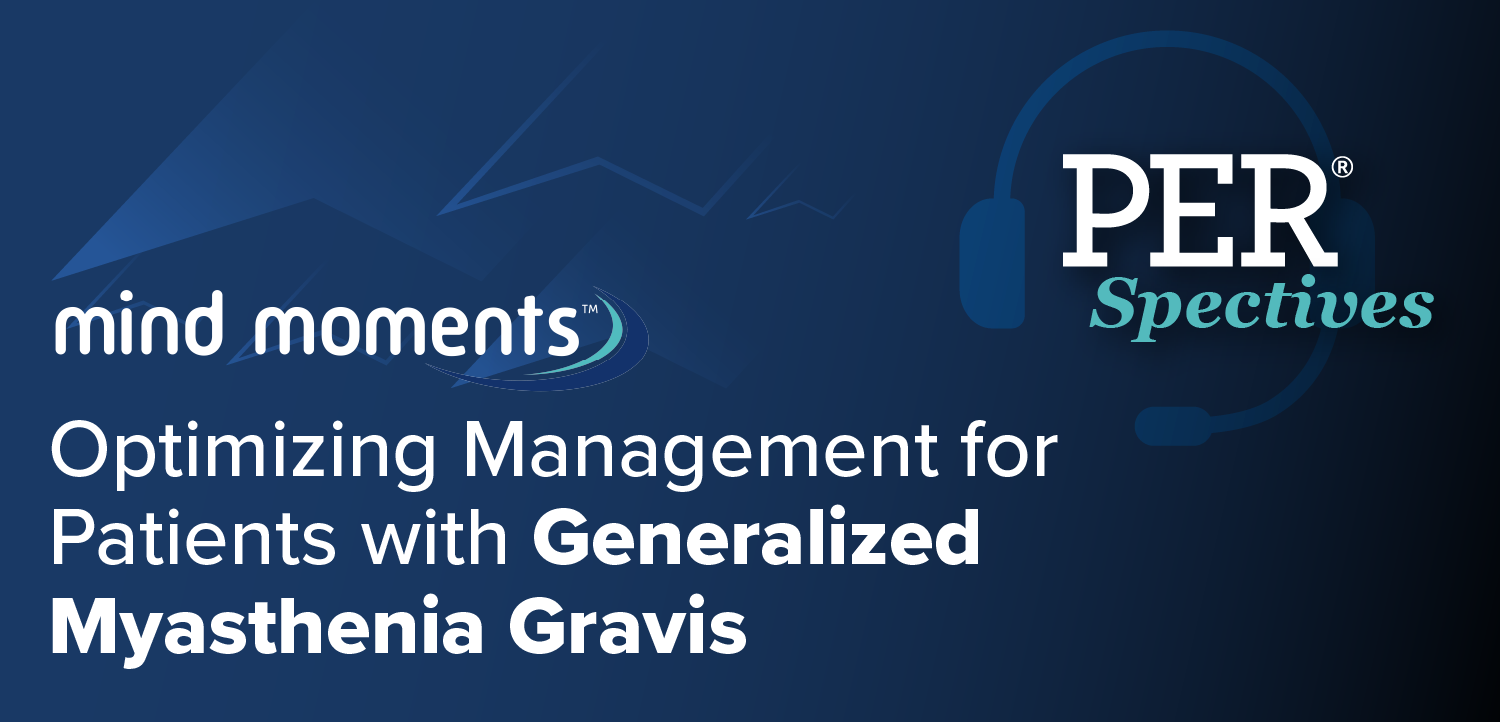
ATTRv-PN Treatment Vutrisiran Demonstrates Long-Term Efficacy in Open-Label HELIOS-A Extension
Key Takeaways
- Vutrisiran demonstrated sustained efficacy and safety in ATTRv-PN patients over an 18-month period, reducing serum transthyretin levels and maintaining disease stability.
- The study confirmed vutrisiran's effectiveness across multiple endpoints, including neuropathy impairment and quality of life assessments, with significant improvements observed.
New findings confirm vutrisiran's long-term safety and efficacy in treating hereditary transthyretin amyloidosis, enhancing patient quality of life.
Newly presented results from the randomized treatment extension (RTE) period of the phase 3 HELIOS-A study (NCT03759379) showed that vutrisiran (Amvuttra; Alnylam Pharmaceuticals) was safe, and resulted in sustained disease stability and reduction of serum transthyretin (TTR) levels among patients with hereditary transthyretin amyloidosis with polyneuropathy (ATTRv-PN) over an 18-month period.1
Vutrisiran, an RNA therapeutic, was
Presented at the
Throughout the trial, vutrisiran was considered safe and well tolerated, with no new safety concerns and COVID-19 as the most common adverse event observed (28.9%). Senior author Laura Obici, MD, Consultant at the Amyloidosis Research and Treatment Center and Head of Rare Diseases Unit at IRCCS Fondazione Policlinico San Matteo, Pavia, PA, Italy, and colleagues concluded that these data further inform the long-term efficacy and safety of vutrisiran in patients with ATTRv-PN.
READ MORE:
In the original HELIOS-A trial, results showed that vutrisiran met its primary end point of change from baseline in the mNIS+7 at 9 months (P <.001), with the therapy additionally achieving statistically significant results (P <.001) on secondary measures such as the Norfolk Quality of Life Questionnaire-Diabetic Neuropathy and timed 10-meter walk test compared with historical placebo results. Notably, the treatment also showed improvement on the exploratory cardiac biomarker end point, NT-proBNP (nominal P <.05) when compared with placebo.2
Earlier this year, the
Data from HELIOS-B, published in the New England Journal of Medicine, showed that vutrisiran led to a reduction in the combined risk of all-course mortality and recurrent cardiovascular events by 28% (overall population HR, 0.72; 95% CI, 0.56-0.93; P = .01). This effect was also seen in a subgroup of monotherapy patients who were not receiving tafamidis (Vyndamax; Pfizer) at baseline (HR, 0.67; 95% CI, 0.49-0.93; P = .02). Notably, the treatment group also had a lower risk of death from any cause through 42 months (overall population HR, 0.65; 95% CI, 0.46-0.90; P = .01).4
At the 2024 American Association of Neuromuscular & Electrodiagnostic Medicine (AANEM) meeting, a new analysis of the phase 3 HELIOS-A trial was presented, with resulted demonstrating vutrisiran’s positive impact on quality of life in ATTRv-PN. Over the 18-month observed period, those on the therapy showed stable raw Rasch-built Overall Disability Scale (R-ODS; baseline = 35, month 18 = 36;), a patient-reported outcome, and Logits (baseline: 2.04, month 18 = 2.28), an indication of preservation of activity. This was reflected by patients’ ability to walk outdoors for less than 1 km, whereas investigators observed deterioration in the placebo arm (R-ODS: baseline = 30.5, month 18 = 19.5; Logit: baseline = 1.05, month 18 = 1.06).5
REFERENCES
1. Cauquil C, Adams D, Polydefkis M, et al. HELIOS-A: 18-Month Randomized Treatment Extension of Vutrisiran in Patients With Hereditary Transthyretin Amyloidosis With Polyneuropathy. Presented at: 2025 PNS Annual Meeting; May 17-20. Edinburgh, Scotland. Abstract P035.
2. Alnylam announces FDA approval of Amvuttra (Vutrisiran), an RNAi therapeutic for the treatment of the polyneuropathy of hereditary transthyretin-mediated amyloidosis in adults. News release. Alnylam. June 13, 2022. Accessed May 21, 2025. https://investors.alnylam.com/press-release?id=26776
3. Alnylam Announces FDA Approval of AMVUTTRA® (vutrisiran), the First RNAi Therapeutic to Reduce Cardiovascular Death, Hospitalizations and Urgent Heart Failure Visits in Adults with ATTR Amyloidosis with Cardiomyopathy (ATTR-CM). Alnylam. News release. March 20, 2025. Accessed May 21, 2025. https://www.businesswire.com/news/home/20250319752041/en/Alnylam-Announces-FDA-Approval-of-AMVUTTRA-vutrisiran-the-First-RNAi-Therapeutic-to-Reduce-Cardiovascular-Death-Hospitalizations-and-Urgent-Heart-Failure-Visits-in-Adults-with-ATTR-Amyloidosis-with-Cardiomyopathy-ATTR-CM
4. Fontana M, Berk JL, Gillmore JD, et al. Vutrisiran in Patients with Transthyretin Amyloidosis with Cardiomyopathy. N Engl J Med. 2025;392(1):33-44. doi:10.1056/NEJMoa2409134.
5. Kumar V, Doenges M, Duque DR, Bender S, Capocelli K. Impact of vutrisiran on activities of daily living and functional status in patients with hATTR amyloidosis. Presented at: American Association of Neuromuscular & Electrodiagnostic Medicine (AANEM) meeting; October 15-18, 2024; Savannah, GA. ABSTRACT 209
Newsletter
Keep your finger on the pulse of neurology—subscribe to NeurologyLive for expert interviews, new data, and breakthrough treatment updates.




































